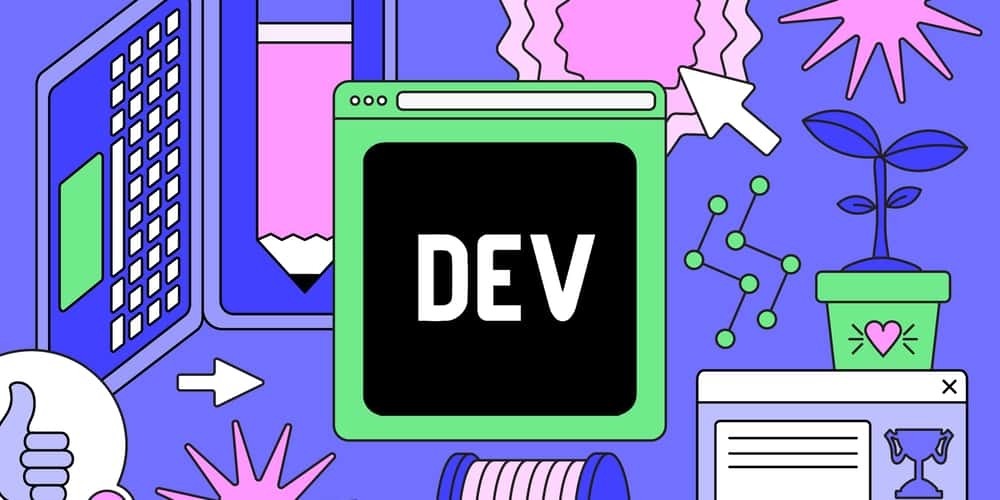This is an anonymous post sent in by a member who does not want their name disclosed. Please be thoughtful with your responses, as these are usually tough posts to write. Email sloan@dev.to if you'd like to leave an anonymous comment or if you want to ask your own anonymous question.
I've just started designing my first website. I'd really like to to be as accessible as possible, but I don't really know where to start. If you have any tips and tricks for HTML features I can use that would make my site more accessible for people, I'd love to learn them! I really don't want to forget to implement as many ways for people of all abilities to navigate my website.









ariaattributes , i.e.aria-labelare a part of the accessibility toolkit worth knowing about.ARIA - Accessibility | MDN
Accessible Rich Internet Applications (ARIA) is a set of roles and attributes that define ways to make web content and web applications (especially those developed with JavaScript) more accessible to people with disabilities.
With a huge caveat outlined in that guide:
Looking forward to what others contribute to the discussion!